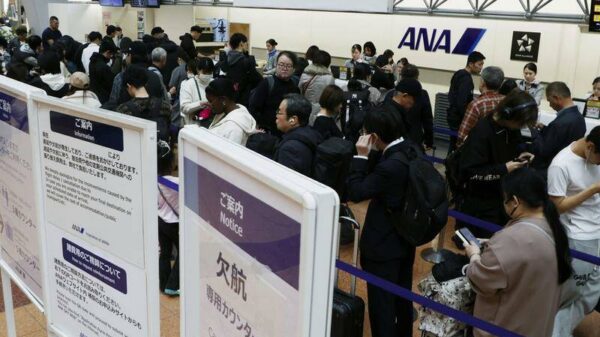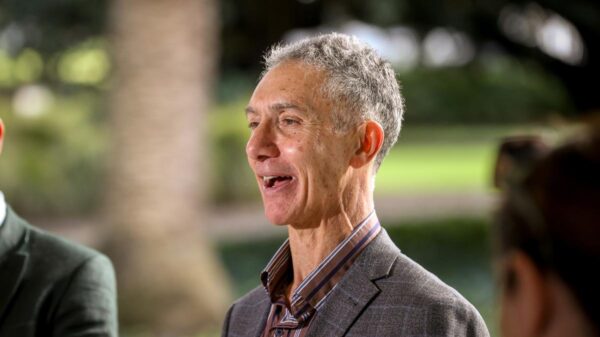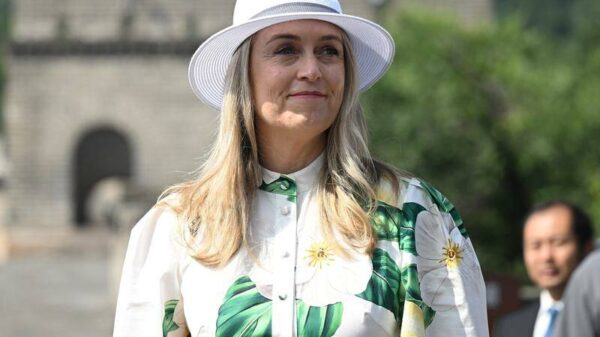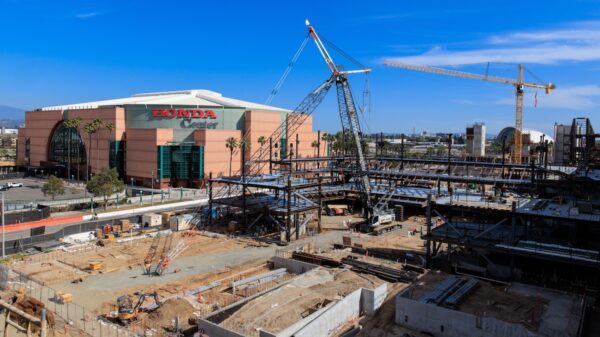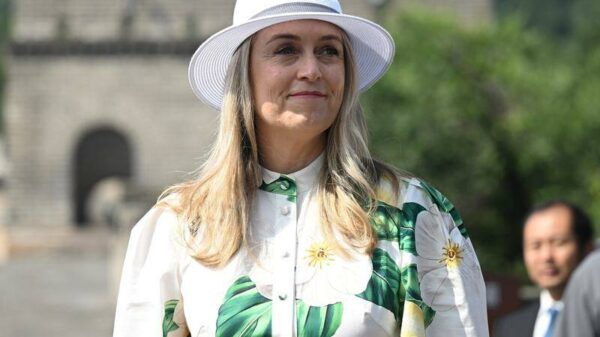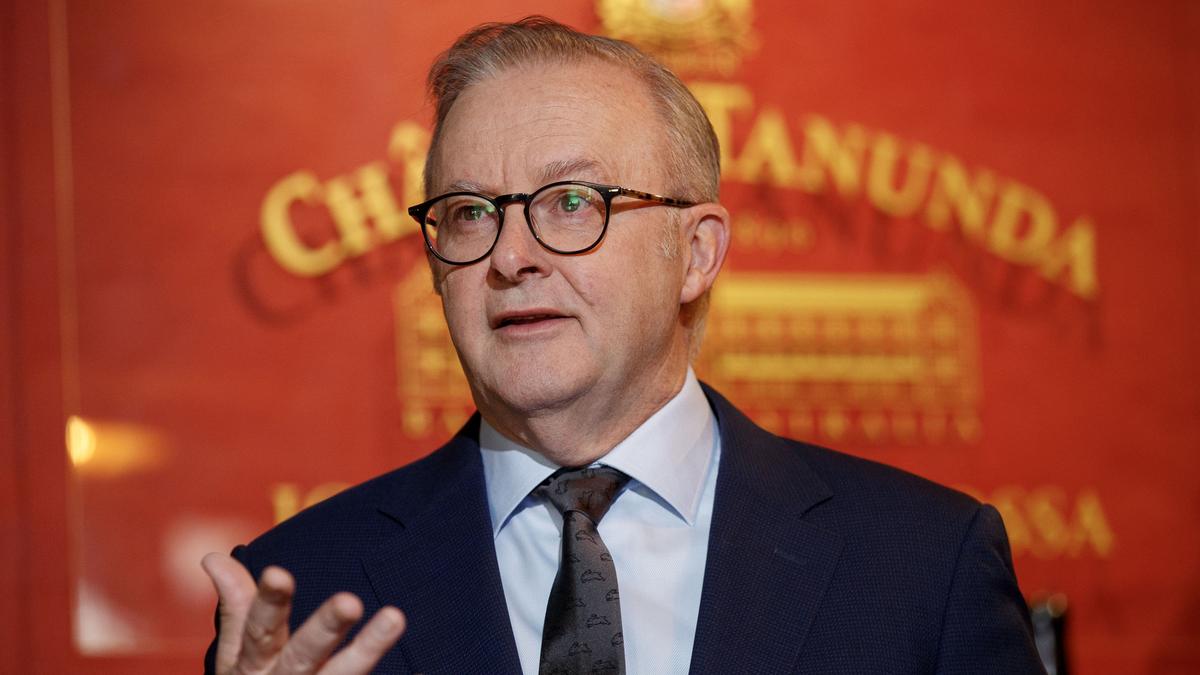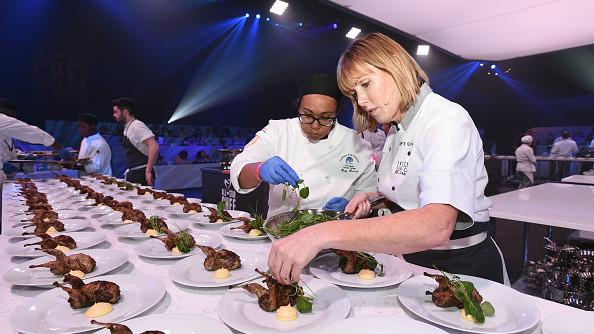Australia’s Prime Minister, Anthony Albanese, is in Shanghai this week, spearheading a significant business initiative aimed at strengthening commercial ties with China, the country’s largest trading partner. On Monday, Albanese joined prominent business leaders from Australia’s mining sector, including Geraldine Slattery of BHP, Andrew Forrest of Fortescue, and Kellie Parker of Rio Tinto, for a steel decarbonisation roundtable. This event marks the second day of his six-day tour, which began on March 3, 2024.
The roundtable features key representatives from China’s steel industry, including Xu Shishuai of the Ansteel Group and Wang Jiming, vice-president of the Baowu Group. During the discussions, Albanese will address both the roundtable and a lunch gathering of around 200 senior business leaders from various sectors, including mining, manufacturing, energy, and hospitality.
In his lunchtime address at the Fairmont Peace Hotel, Albanese is expected to emphasize Australia as a “dependable trade partner backed by a strong, reliable economy.” He will highlight the impressive growth in business ties, noting that the exchange of goods and services reached $312 billion last year. This visit is seen as a pivotal moment in the ongoing effort to reset trade and political relationships between Australia and China, which were strained following the previous government’s inquiries into the origins of Covid-19.
The choice of menu for the luncheon, featuring Australian red meat, rock lobster, and red wine, serves as a symbolic gesture towards improving bilateral relations, particularly following the lifting of more than $20 billion in trade sanctions. Albanese will also draw parallels to former Prime Minister Gough Whitlam, who celebrated his 55th birthday at the same hotel in 1971, marking the beginning of Australia’s diplomatic relationship with China.
“More than half a century on, it is a relationship that continues to evolve and grow, a relationship with a maturity that helps us overcome any challenges and seize the opportunities before us,” Albanese will state.
A focal point of the discussions revolves around the decarbonisation of steel production, an area where both nations see potential for collaboration. Steel production is responsible for approximately 7 to 9 percent of global emissions, and while China is currently the world’s largest emitter, it is also investing heavily in clean technologies.
Albanese plans to underscore Australia’s significant contribution, supplying 60 percent of China’s iron ore imports used in steel production. He will advocate for a sustainable, market-driven global steel sector, stating, “It is in both countries’ interests to ensure a sustainable and market-driven global steel sector.” He will also call for policies that encourage collaboration across academia, industry, and government.
In her remarks, Geraldine Slattery emphasized the importance of the high-level delegation, stating it underscores how the Australian and Chinese resource sectors can drive the ongoing prosperity of both nations. She noted that BHP is committed to investing in technologies that will reduce emissions in steelmaking facilities, not only in China but globally. This includes advancements in low carbon fuel use, carbon capture, and utilization technologies.
As Albanese continues his tour through Shanghai, Beijing, and Chengdu, the outcomes of these high-stakes discussions may shape the future of Australia-China relations and their respective goals for a more sustainable industrial landscape.










